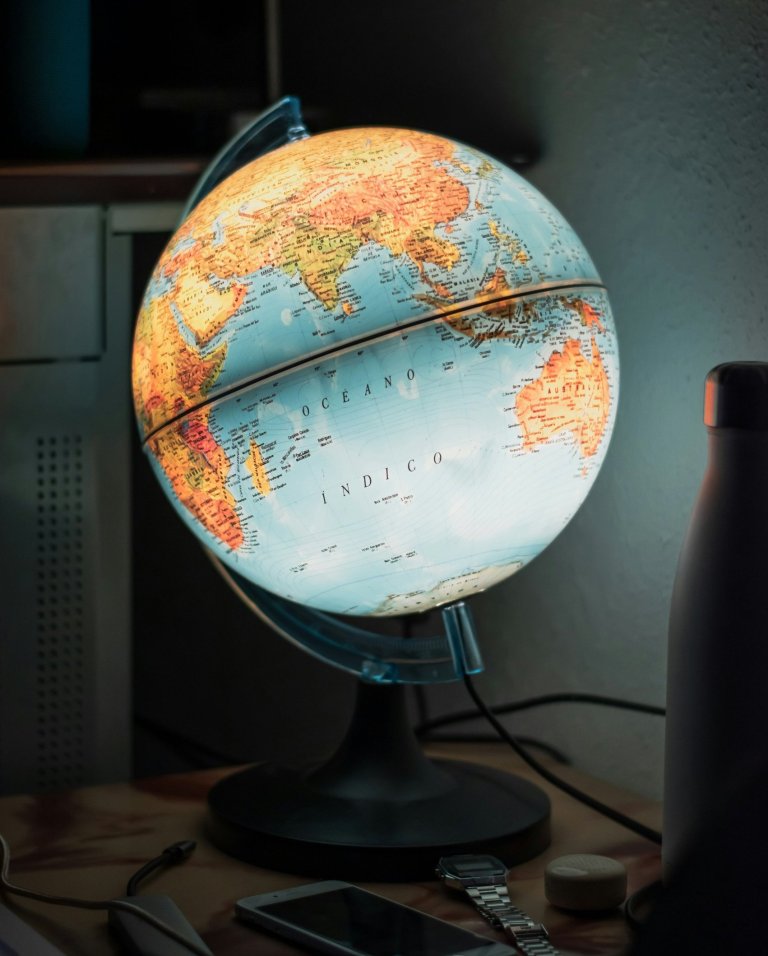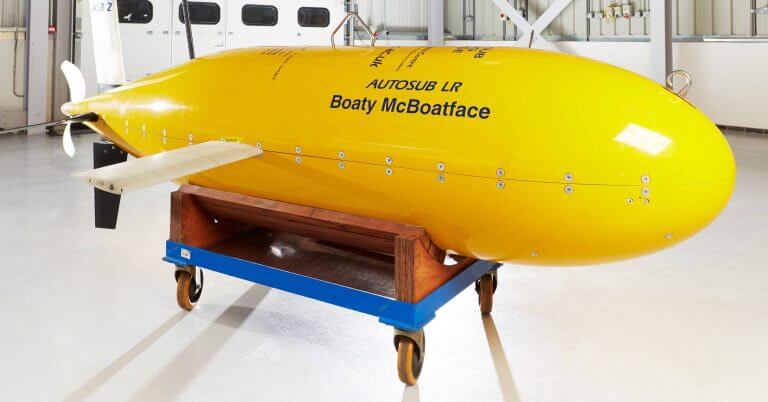
Scientific experts from around the world agree that complete removal of man-made structures (MMS) may...

With a growing number of decommissioning projects worldwide, as ageing structures reach the end of...
We regularly publish updates on the projects that are directly funded by the Programme and other related research. If you would like to be kept up to date, sign up for our Connections newsletter.